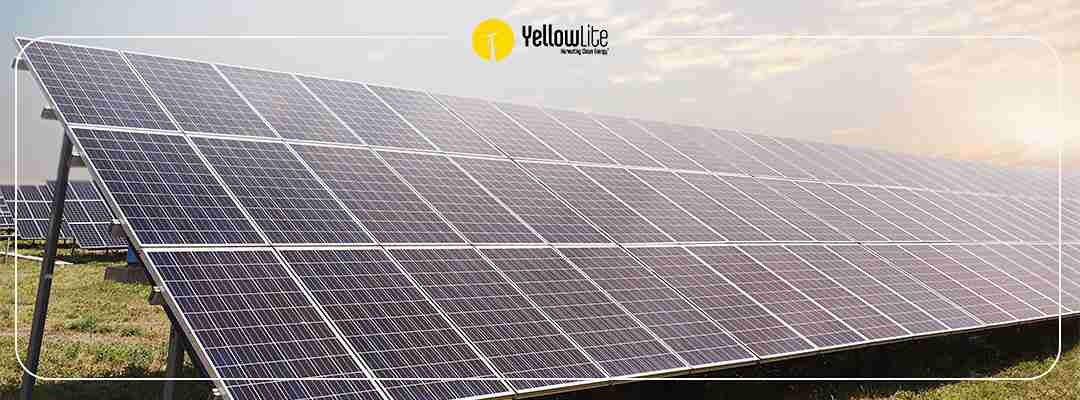It takes considerable effort to produce usable energy from raw materials. Even renewable resources such as solar and wind power require specific equipment to collect and generate energy. The overall process for solar power is a simple concept: the panels absorb sunlight so that the system can convert it into electricity. But researchers and engineers have worked hard to develop and improve the technology that allows for any of it to happen.
The Parts of a Solar Panel
The solar panels you often see on buildings or ground mounts consist of dark rectangular photovoltaic (PV) cells situated between layers of glass, wiring, and backing.
Each layer of a solar panel serves an important purpose.
- Coating: Materials coating the surface of a panel can help repel debris and improve efficiency
- Glass Sheet: This protects the solar cells within from outside damage and debris while still letting in sunlight
- Solar Cells: The inner cells absorb sunlight and convert it into electricity
- Electrical Wiring: Wiring behind the solar cells collects and moves the electricity away from the panels
- Backsheet: The back layer of a panel protects and insulates the solar cells
PV solar cells, the component that makes energy production possible, is typically made from silicon. Silicon is a semiconductor, so it allows electricity to flow with control. It’s harvested from sand and rock that’s been melted and cooled to form crystals. Depending on the type of solar panel, one silicon crystal can be cut to form the PV cell (monocrystalline solar panels) or multiple crystals can be used to form the PV cell (polycrystalline solar panels).
The Environmental Benefits of Solar Energy
Solar panels convert the energy from sunlight into usable electricity. So when solar power systems generate electricity, they’re using sunlight as fuel; it’s a clean source that won’t run out, release pollution, or have a negative impact on the local area. With that in mind, the issue of manufacturing and resource extraction arises. You might wonder about the resources that are used in the production of solar equipment and whether they are sustainable.
The main substance used to create solar panels, silicon, is one of the most common elements on Earth. Since the materials used to create silicon (sand, rocks, soil, etc.) are abundant and the final product is recyclable, the use of these resources doesn’t pose the threat that fossil fuel extraction does. From the materials used for system equipment to the production process, solar power proves to be an excellent alternative energy source to traditional sources such as coal and natural gas.
Go Solar with YellowLite
We take pride in helping our customers to reduce their carbon footprint with clean energy. Our team is focused on building quality systems that meet energy needs. If you’re ready to experience the benefits of solar energy for yourself and the environment, reach out to a YellowLite solar consultant today!
Call us at 216-333-1364
Email us on https://www.yellowlite.com/contact-us/



